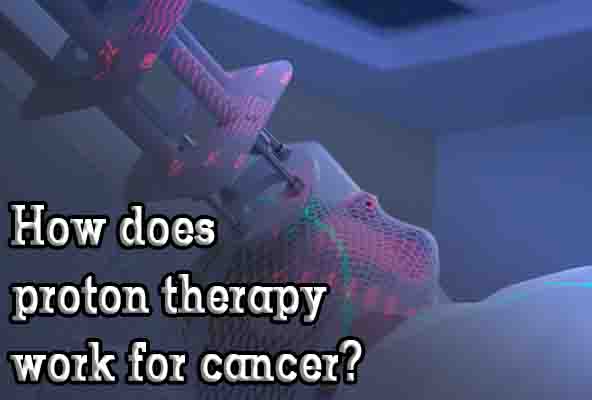Cancer is the deadliest disease of the century. You will be surprised to know that almost 10 million people die annually from cancer. Every sixth death in the world is caused due to cancer. Thanks to the advancements in the medical field and years of research have led to the development of a variety of treatments for cancer.
Chemotherapy, surgery, proton therapy, cryosurgery, radiation therapy, etc., are a few treatments available these days. However, this article will primarily focus on proton radiation therapy. To learn more about this effective cancer treatment, continue reading!
Table of Contents
What is proton therapy?
Proton radiation therapy, as the name suggests, is a type of radiation therapy that uses high-powered energy to treat cancer and some noncancerous tumors.
You must be aware of radiation therapies in which X-rays have been used to treat cancer and other types of tumors; proton radiation therapy is a newer type of radiation or beam therapy that utilizes energy from positively charged protons.
In recent years, this therapy has shown promising results in treating several kinds of cancer; moreover, it has been observed that it causes fewer side effects as compared to traditional radiation therapies.
This is because the doctors can control where the proton beams deliver their energy, unlike in conventional radiation therapies in which X-rays or beams of photons are delivered to the tumor and are likely to affect the nearby organs.
That means this radiation therapy is less likely to damage nearby healthy tissues. For the same reason, this therapy is also considered useful for treating tumors that have not spread or are near vital body parts. For example, cancers near the brain and spinal cord.
Moreover, proton radiation therapy is also recommended for children because it lessens the chance of harming healthy, growing tissue. This therapy can be used to treat tumors of different types of cells located in different parts of the body, namely:
- Brain tumors
- Head and neck cancer
- Breast cancer
- Liver cancer
- Lung cancer
- Pancreatic cancer
- Prostate cancer
- Recta; cancer
- Eye cancer
- Tumors that come back and need repeat courses of radiation
Process of proton therapy cancer treatment
Proton radiation therapy is an advanced cancer therapy that is accomplished in three steps- creating protons, Precise targeting and adaptive treatment planning.
Creating protons
The first step involves the extraction of protons from hydrogen atoms and accelerating them to the speed of light using a cyclotron. Further, electromagnets can focus and bend the proton beams down to a treatment room.
Precise targeting
Proton beam is targeted such that the highest energy of the beam is deposited at the tumor site to kill cancer cells. The radiation oncologists and their teams carefully study the patient’s Magnetic Resonance Imaging (MRI) and Computed tomography Scan (CT scan).
After examination, the medical professionals plan the therapy directing the proton beams at the targeted cancerous cells or tumor while ensuring minimal exposure to normal healthy tissues.
Adaptive treatment planning
Scans are repeated during the treatment to assess the shrinking volume of the tumor. The medical team will further adapt the treatment accordingly to ensure precise targeting of the tumor. The oncologists may also examine the ongoing treatment plan to get a more accurate picture of the cancerous cells.
Why should you consider proton therapy over other cancer treatments?
Well, the best treatment for you will be best guided by your healthcare provider depending on several factors like the severity of the condition, age, and other health problems. Proton therapy is said to be the best of all for the following reason.
- With fewer healthy tissues affected by the radiation, side effects may be milder, and there is less risk of developing secondary cancers due to radiation.
- It can help prevent damage to critical neurological functions like memory or speech when the tumor is close to the areas that control these functions.

